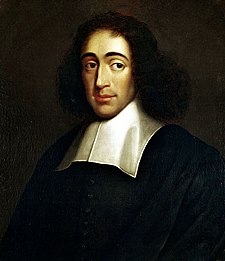Sir Arthur Evans was born in 1851, in Nash Mills, England. He was ‘the son of the famous prehistorian Sir John Evans’ (http://sirarthurevans.ashmus.ox.ac.uk/biography/), and was ‘educated at Harrow School, Brasenose College, the University of Oxford’ (http://archpropplan.auckland.ac.nz/virtualtour/knossos/22more.htm) in between 1870 and 1874. He ‘travelled across Europe for many years’ (http://sirarthurevans.ashmus.ox.ac.uk/biography/) before he was ‘appointed Keeper of the Ashmolean Museum’ (ibid) in 1884. His work in the Museum did not prevent him from further travelling and ‘from 1893 onwards his interests shifted to Greece and especially Crete’ (ibid). This shift seems to be triggered by his interest in languages as well for ‘Evans visited Crete for the first time in 1894 in order to study and decipher the unknown script that could be made out on seal stones, he also purchased about quarter of the site. A year later he published the results in Cretan Pictographs and Pre-Phoenician Script (http://archpropplan.auckland.ac.nz/virtualtour/knossos/22more.htm).
| The Palace of Knossos |
Political situation also backed up his further researches and enabled him to conduct a massive excavation at Knossos ‘when the island had been declared an independent State’ (ibid) in 1900. The excavation at the site continued until 1931. As for the excavation, it is said that ‘it proved necessary to preserve and restore the monuments that were being uncovered’ (ibid) from the early stage, but the method of restoration Evans took ‘has received much criticism since it introduced materials foreign to Minoan architecture’ (ibid). As for deciphering of the discovered inscriptions, Evans made a certain achievement in his life time:
‘He realised that the inscriptions represented three different writing systems: a "hieroglyphic" script, Linear A and Linear B.
The hieroglphic script appears only on seal stones and has yet to be deciphered. Linear A, also undeciphered, is thought to have evolved from the hieroglyphic script, and Linear B probably evolved from Linear A, though the relationship between the two scripts is unclear.
Evans figured out that short lines in Linear B texts were word dividers. He also deciphered the counting system and a number of pictograms, which led him to believe that the script was mainly pictographic' (http://www.omniglot.com/writing/linearb.htm).
For reading the text in full: http://wrex2009.wordpress.com/2013/08/26/discovery-and-deciphiering-of-the-crete-inscriptions-liner-b/
